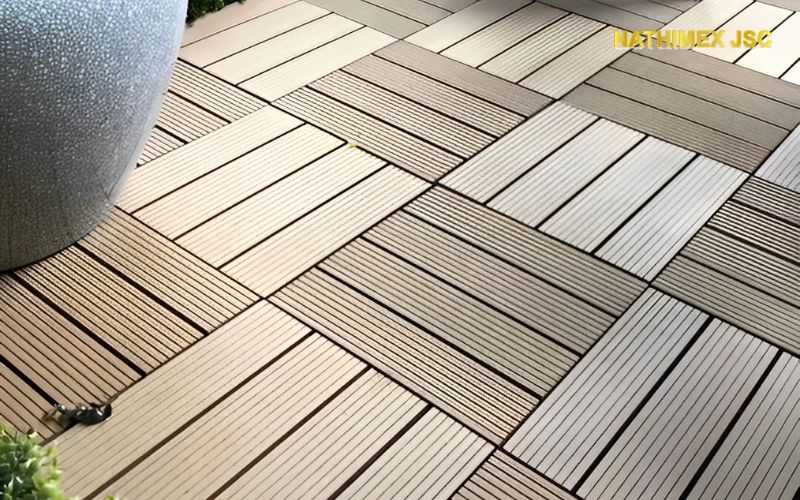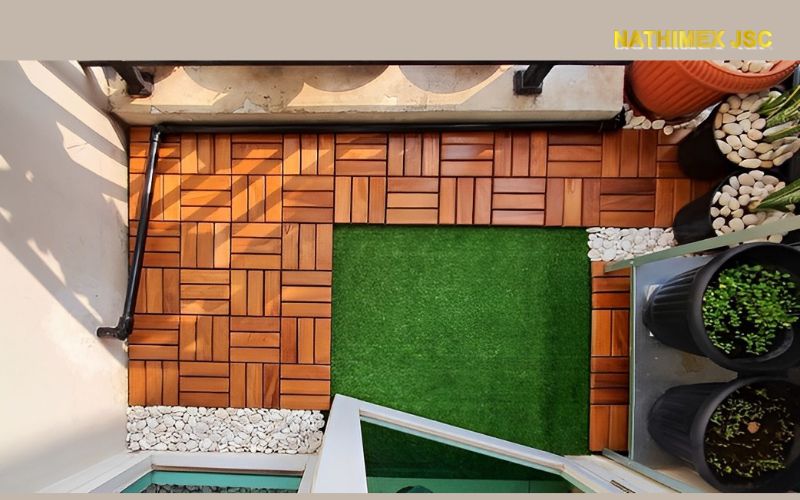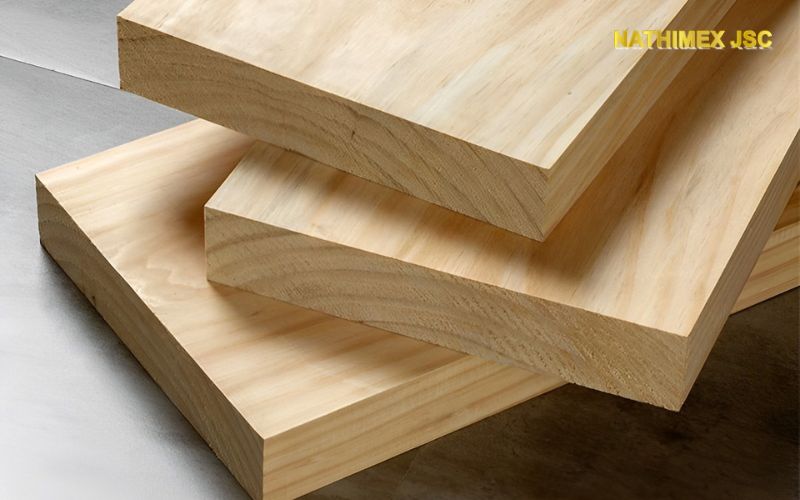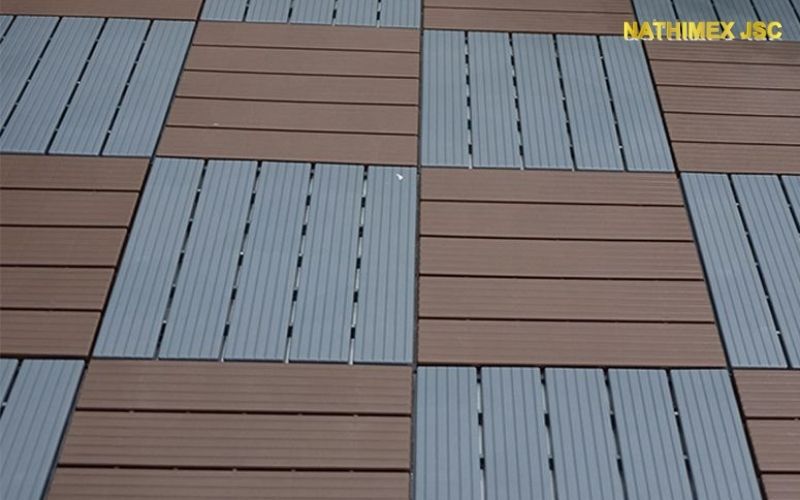Wood Plastic Composite (WPC)
High resistance to moisture: WPC is made by combining wood fibers or flour with plastic polymers, which makes it highly resistant to moisture, rot, and insects. This makes WPC suitable for areas with high humidity or moisture, such as bathrooms, kitchens, or outdoor furniture.
Low maintenance: WPC requires minimal maintenance compared to natural wood. It does not require staining, sealing, or painting, and is less prone to warping, cracking, or splintering. WPC can be easily cleaned with soap and water, making it a convenient option for busy households.
Versatility: WPC comes in a wide range of colors, styles, and finishes, allowing for greater design flexibility and customization. It can be molded into various shapes and sizes, making it suitable for a variety of furniture applications.
Durability: WPC is known for its durability and long lifespan. It is resistant to fading, staining, and scratching, making it ideal for high-traffic areas or furniture that is exposed to heavy use.
Eco-friendly: WPC is often made from recycled materials, such as reclaimed wood fibers and plastic polymers, reducing the demand for new raw materials and minimizing its environmental impact.

Natural Wood
Authentic look and feel: Natural wood offers a unique and authentic aesthetic that many people appreciate. It has warmth, texture, and character that cannot be replicated by any other material.
Refinishing and repairability: Natural wood can be refinished or repaired to maintain its beauty and durability over time. It can be sanded, stained, or sealed to restore its appearance and protect it from wear and tear.
Sustainable and renewable: Natural wood is a renewable resource that can be harvested sustainably from responsibly managed forests. It is a renewable material that can be recycled or repurposed, making it an environmentally friendly choice.
Thermal and acoustic properties: Wood has excellent thermal and acoustic properties, making it a good insulator and reducing noise levels in a room. It can help regulate indoor temperature and create a comfortable living environment.
Timeless appeal: Natural wood has a timeless appeal that never goes out of style. It can add warmth, character, and value to any furniture or space, making it a popular choice for many homeowners.

Flooring Application
For flooring, natural wood and wood plastic composite (WPC) are two popular options that are worth considering. Both materials offer unique characteristics and advantages, and understanding their properties and differences can help you make an informed decision for your furniture needs.
Natural wood has been used for flooring for centuries, and it remains a timeless and classic choice. There are many different species of natural wood available, each with its own distinct color, grain pattern, and hardness level. Some popular species for flooring include acacia, oak, maple, walnut, and cherry, among others. Natural wood has a warm, natural aesthetic that adds warmth and character to any space, and it can be stained or finished in a variety of colors and styles to suit different design preferences.
One of the main advantages of natural wood is its durability and longevity. When properly cared for, natural wood flooring can last for decades, and it can be refinished or repaired to restore its original beauty. Natural wood is also environmentally friendly, as it is a renewable resource and can be harvested sustainably from responsibly managed forests. Additionally, natural wood has excellent thermal and acoustic properties, making it a good insulator and reducing noise levels in a room.

On the other hand, WPC is a relatively newer material that has gained popularity in recent years for its versatility and durability. WPC is a composite material made from a combination of wood fibers and plastic polymers. The result is a material that mimics the look and feel of natural wood, but with added benefits. WPC is known for being highly resistant to moisture, insects, and rot, making it an ideal choice for flooring in areas with high humidity or moisture, such as bathrooms or kitchens. It is also less prone to warping, cracking, or splintering compared to natural wood.
Another advantage of WPC is its low maintenance requirements. Unlike natural wood, which may require regular sealing, staining, or refinishing, WPC is typically easy to clean and does not require any special treatments or coatings. This can save time and money on maintenance over the long term. WPC is also available in a wide range of colors, styles, and finishes, allowing for greater design flexibility and customization.

When it comes to sustainability, WPC is considered an eco-friendly option. It is often made from recycled materials, such as reclaimed wood fibers and recycled plastic, reducing the demand for new raw materials. Additionally, because WPC is a long-lasting material, it can reduce the need for replacement or disposal, further minimizing its environmental impact.
When choosing between natural wood and WPC for furniture, particularly for flooring, there are some factors to consider. First, consider the aesthetic and design preferences of your space. Natural wood offers a timeless and classic look, while WPC provides more versatility in terms of colors and finishes. Additionally, consider the location and intended use of the furniture. If the furniture will be exposed to moisture or high humidity, such as in a bathroom or kitchen, WPC may be a more suitable choice due to its resistance to moisture and insects. However, if you prioritize the authenticity and warmth of natural wood, it may be the preferred option for other areas of your home.
Overall, both materials have their unique advantages and can be suitable for different furniture applications, depending on your preferences, budget, and specific requirements. It's important to carefully consider your needs and priorities before making a decision, and choose a high-quality material that aligns with your style, durability, and sustainability values. Happy furniture shopping!
